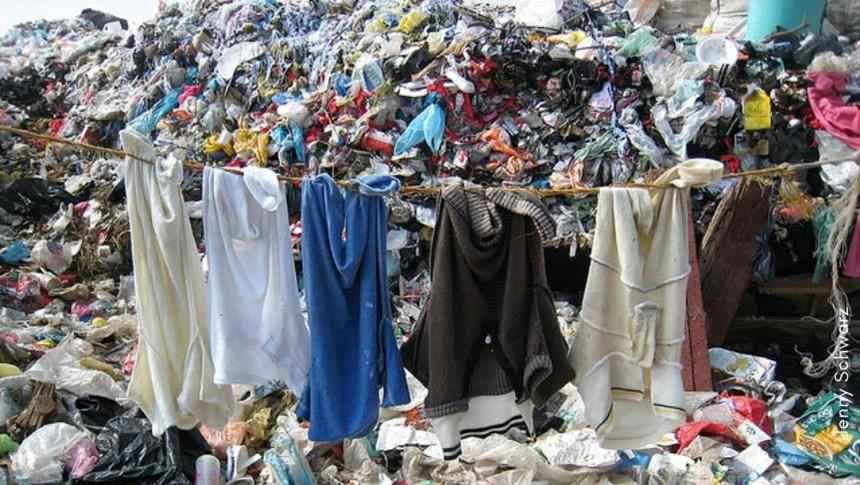You’ve probably read about ‘fast fashion’ many times in headlines, but do you know what it means? Landfill waste, decay, pollution, poor working conditions and more, are just some of the detrimental side-effects of fast, mass fashion production.
Sure, there are benefits too, such as being able to get clothes much faster from catwalk to consumer, affordability and being up-to-date with the latest trends. But is all the chaos that accompanies fast fashion worth the cheap price you pay?
History
Fast fashion appeared in the mid-2000s and is based on the ‘trendy’ apparel featured at Fashion Week around the world, albeit a cheaper alternative, and can be found in many high street stores. The ‘fast’ element of production is fuelled by buyers who expect the latest styles as quickly as possible.
However, this production process is gaining wide-criticism, due to the negative impact on workers in third-world countries and environmental damage caused.
Human cost
Ever wondered why fast fashion is so cheap? Global corporations keep prices down, by keeping production costs down; they rely on people in developing nations to produce clothes for shockingly low wages, in unsafe conditions with no health and safety provisions, and the rampant use of child labour.
Bangladesh is a well-known market for cheap labour with 4 million people employed across 5,000 factories. In 2013, the Rana Plaza factory collapsed, killing over a thousand, due to its unsafe premises. This was the story that led the whole world to sit up and notice the devastating impact of cheap and quick fashion.
Hazardous environment
The environmental damage is also huge with textiles accounting for 5% of all global landfill - as fast fashion items tend to be made from non-biodegradable synthetic materials. These items are of a lower quality, meaning they get thrown away faster, which repeats the dangerous cycle and encourages the overconsumption of goods.
The dyes used in clothes are also an environmental threat; a lot of water is used in the dying process which then runs into our waterways, resulting in chemicals being released into the air, and the United Nations (UN) states that this contributes to 10% of greenhouse gas emissions, leading to global warming.
Ellen MacArthur, author of ‘A New Textiles Economy: Redesigning Fashion’s Future’, highlights that these clothes can also be harmful to the wearers and producers of the garments.
Ultimately, as a consumer, the choice is yours on where and how to spend your money, and the aim of this blog was to make you aware of the dark consequences behind some of our most-loved brands.
However, there’s always a bright side and if you’re a pioneering fashionista who strives to make a change in the fashion industry, check out the BA Fashion Design course offered by LCCA to make a positive difference in the world.
Article by Anisa Choudhary
Related content:
If you are interested in more environmental and fashion-related content, check out the testimonial of LCCA student Giulia Conti.
Guila’s final project for her graphic design studies explored one of the potential solutions to reduce the impact of the fashion industry in the environment by upcycling garments.
Click in one of the following links if you are interested in studying graphic design or fashion.


 What is sustainable fashion?
What is sustainable fashion?  5 Biggest Fashion Trends to Watch out for in 2021
5 Biggest Fashion Trends to Watch out for in 2021  5 Women who have influenced the fashion world
5 Women who have influenced the fashion world  How can you become a fashion designer?
How can you become a fashion designer?  How can the fashion industry become more sustainable?
How can the fashion industry become more sustainable?